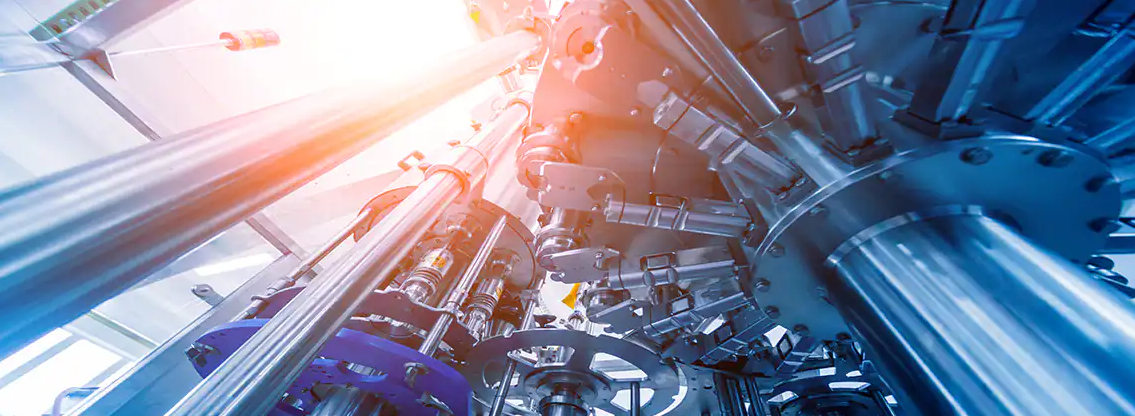The manufacturing industry has come a long way since the Industrial Revolution. Today, engineers and designers use computer-aided design (CAD) software to create three-dimensional models of products before they are manufactured. This process saves time and money, as it allows manufacturers to test and refine their designs before committing to large-scale production. However, even with the latest technology, there is still no substitute for a physical prototype.
A prototype is a working model of a product that is used for testing and evaluation. It allows designers and engineers to see how the product will function in the real world and make any necessary changes before it goes into production. Prototype manufacturing is the process of creating these models, and it is an essential part of the product development process.
The first step in prototype manufacturing is to create a design. This can be done using CAD software, or it can be done by hand. Once the design is complete, it is time to choose the materials that will be used to create the prototype. The materials used will depend on the product being created and the desired properties of the prototype. For example, if the product is a new type of plastic container, the prototype may be made from the same type of plastic that will be used in the final product.
Once the materials have been chosen, the next step is to create the prototype. This can be done in a variety of ways, including 3D printing, CNC machining, or casting. 3D printing is a popular technique that uses a printer to create a three-dimensional object layer by layer. CNC machining uses a computer-controlled machine to cut and shape the material into the desired shape. Casting involves pouring a liquid material into a mold and allowing it to harden into the desired shape.
After the prototype has been created, it is time to test and evaluate it. This is where the real value of the prototype comes in. Testing can help identify any flaws or design issues that need to be addressed before the product goes into production. For example, if the prototype is a new type of car engine, testing may involve running the engine in a test car to see how it performs under different conditions.

Once the prototype has been tested and any necessary changes have been made, it is time to move on to production. This is where the prototype manufacturing process ends and the mass production process begins. The final product may look different from the prototype, but the prototype played a crucial role in getting the product to where it is today.
Prototype manufacturing is a crucial part of the product development process. It allows designers and engineers to test and refine their designs before committing to large-scale production. By creating a physical model of the product, they can see how it will function in the real world and make any necessary changes. Although the process can be time-consuming and expensive, it is essential for creating products that meet the needs of consumers while also being efficient and cost-effective to produce.
-

- سبائك المغنيسيوم يموت الصب أجزاء السيارات الجانب خطوة مجلس الجري
-

- Magnesium alloy rigid fork for bicycle -customized die casting metal parts
-

- أجزاء مسبوكة حسب الطلب ومكونات لشوكة تعليق الدراجة لـ MTB
-

- أجزاء ومكونات OEM مصبوبة
-

- تم إنتاج الأجزاء المعدنية المصنوعة حسب الطلب من لوحة ماك بوك الوسطى
-

- سبائك المغنيسيوم thixomolding يموت الصب أجزاء الطائرات بدون طيار

 0086-750-5616188
0086-750-5616188 +86 13392089688
+86 13392089688 sales@zhongmei-tech.com
sales@zhongmei-tech.com







